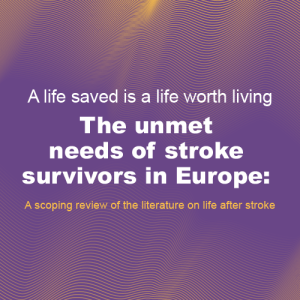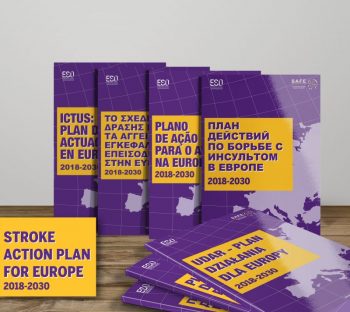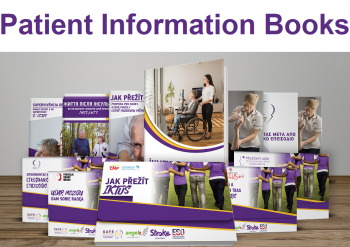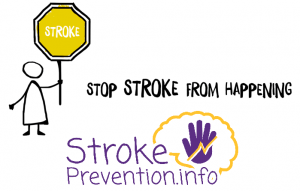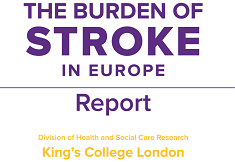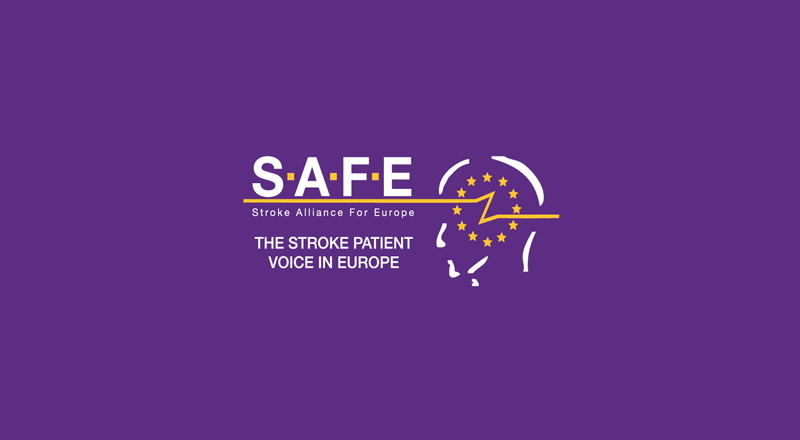
Aug 30, 2017
Closure of the left atrial appendage during heart surgery protects the brain, according to late-breaking research presented in a Hot Line LBCT Session at ESC Congress. The results suggest that closure should be routinely added to open heart surgery.
“This is the first randomised study to show that closure of the left atrial appendage during open heart surgery effectively protects against brain infarctions and stroke,” said Assoc Prof Helena Domínguez, the cardiologist who designed the study. (more…)

Aug 30, 2017
New research presented at ESC Congress today shows, for the first time, that blood pressure control is pivotal in reducing major bleeding and stroke risk in patients with atrial fibrillation (AF).
The range of variability in a patient’s systolic blood pressure (SBP) from visit to visit was strongly associated with their risk of adverse outcomes, reported Dr Marco Proietti, MD, from the Institute of Cardiovascular Sciences, University of Birmingham.
“Our findings suggest that consistency in blood pressure control, beyond the single measurement, is very important, and this appears to be the case across all types of AF patients, irrespective of age, blood pressure history, blood pressure level or clotting risk,” said Dr. Proietti. (more…)

Aug 25, 2017
Stroke Alliance for Europe (SAFE) and European Stroke Organisation (ESO) signed the Memorandum of Understanding in Prague this spring, at the first day of the ESOC 2017.
In this video of Prof. Valeria Caso and Jon Barrick (SAFE) are being interviewed about the decision their organisations have made and how it will affect the future of stroke prevention, treatment and care in Europe.

Aug 20, 2017
Research led by the head of the Barrow Neurological Institute and published in the July 20, 2017 issue of The New England Journal of Medicine reveals that subarachnoid hemorrhages, which are caused by ruptured brain aneurysms, account for 5-10 percent of all strokes and are best managed by experienced and dedicated experts at high-volume centers with neurosurgeons, endovascular surgeons and stroke neurologists.
The article was co-authored by Barrow President and CEO Michael T. Lawton, M.D. and G. Edward Vates, M.D., Ph.D, of the University of Rochester Medical Center’s Department of Neurosurgery. “Subarachnoid hemorrhage victims tend to be younger than typical stroke victims, and they risk a greater loss of productive life,” Dr. Lawton said. “It is critical that they receive the best treatment for aneurysms — like the multidisciplinary team approach and state-of-the-art therapy like that offered at Barrow.” (more…)

Aug 18, 2017
A new University of Liverpool study, published in Wiley Brain and Behaviour, identifies simple measures that could substantially improve the quality of life of stroke survivors with visual impairments.
About two thirds of stroke survivors have visual impairment which typically relates to impaired central or peripheral vision, eye movement abnormalities, or visual perceptual defects.
Symptoms can include blurred or altered vision, double or jumbled vision, loss of visual field, reading difficulty, inability to recognize familiar objects or people and glare. Post stroke visual impairment (PSVI) is currently an under researched area. (more…)

Aug 17, 2017
The overall rate of stroke in the United States has been declining in recent years and while that has been good news, a new study suggests it may be primarily good news for men. The research, published in the August 9, 2017, online issue of Neurology®, the medical journal of the American Academy of Neurology, found that while the stroke rate for men declined during the study period, for women it remained the same. (more…)



